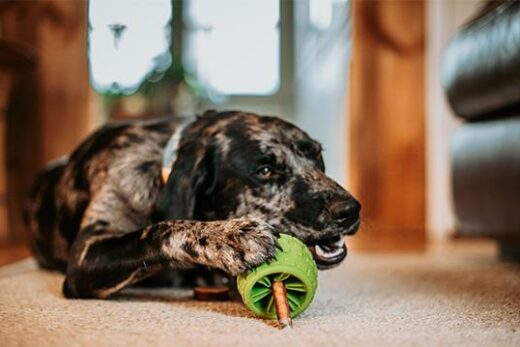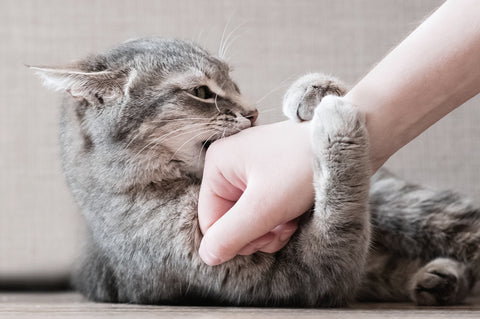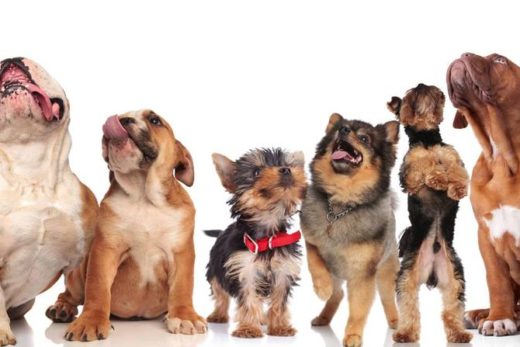Is your Yorkie a little porky?
Does your Lab have too much flab?
Is your feline not so streamline(d)?
Despite the cheesy puns, canine obesity is a serious issue for pet parents in the US. Over time, we have managed to change what is considered the “normal” size and shape of our pets. And, once your beloved pet has exceeded their normal weight, it becomes very difficult to get back to where they’re supposed to be.
That’s where your veterinarian comes in! With advice from your friendly neighborhood pet doctor, and some strict commitment on your part, we can get Fluffy to look more lean. Don’t try to go it alone!
Though up to 40% of dogs in the US are considered overweight, this problem is not just ours. For instance, 30% of dogs in Japan and Australia are considered overweight. Obesity is not just for the dogs, either! Up to 35% of cats are also considered obese in the US. These figures are certainly alarming.
Now, don’t get me wrong – it’s not all the pet parents’ fault. Besides just “lifestyle” (which pet parents do control), there are certainly other reasons that have caused our pooches to become too “poochy.” Hormonal diseases and genetics also play a role with this issue – which is why it’s important to get a veterinarian involved if your pet is obese. But, since your pet’s lifestyle plays the biggest role in his or her weight, there are definitely things we can do in their day to day to fight this all-too-common disease.
You, as the pet parent, controls what goes in your pet’s dish. Just like us, dogs are going to follow the path of least resistance to get fed – naturally, most dogs these days don’t hunt for their food! They rely on you. They aren’t hiding snacks under the dog dish or in the corner of their dog house to “cheat.” They count on you to decide what’s best to eat, and in what amount! And just like you, “they are what they eat.”
The principles we are going to talk about are going to hit very close to home for many pet parents. I have seen over the years the reflection of the owner’s lifestyle evident through their pet’s body condition. I have seen plenty of overweight pet parents that also have overweight pets. In fact, I also see too many diabetic owners that also have a diabetic dog. Coincidence? I think not!
Obesity always causes problems down the line for pets, even if the problems are not visible at first. You’ve probably heard your family veterinarian tell you this or even warn you when they notice that your dog has begun to gain weight over the years. Kidney disease, cardiac disease, liver disease, joint disease and pancreatic disease all can result from carrying too much weight. By far the two biggest morbidities, however, are arthritis and diabetes. All of these conditions not only affect your pet’s quality of life, but also their longevity!
The solution? There are TWO ways to fight this disease and I guarantee everyone out there has tried to modify their own lives with these methods.
The main one: it’s all about calorie intake and daily activity! That’s right! “Diet and Exercise.” The same two factors that your own doctor barks at you about also apply to man’s best friend. It’s that easy and that difficult at the same time.
Our goal is to lose 20% of our pet’s weight over 6 months’ time, on average. How much food do we cut out? There are plenty of very specific caloric intake formulas out there that are beyond the scope of this article. As a general rule, though, most obese pets are 20% above their ideal weight. So to figure out the new daily amount to feed our pet, we take what’s on the bag of dog food and decrease it by 20% overall per day.
Hate percentages? Me too! This is why I developed “Dr. Shadi’s Rule of 20s”: most pets are 20% overweight, we want to lose 20% of the weight over 6 months, and we begin by cutting the recommended daily intake by 20%. Simple!
Here’s an example…





